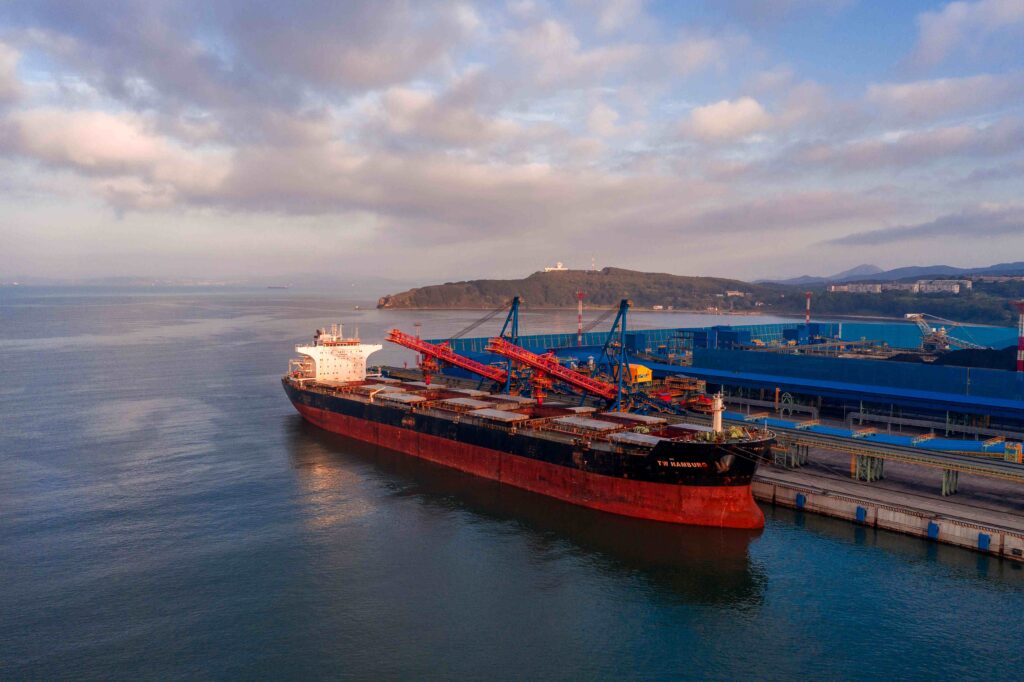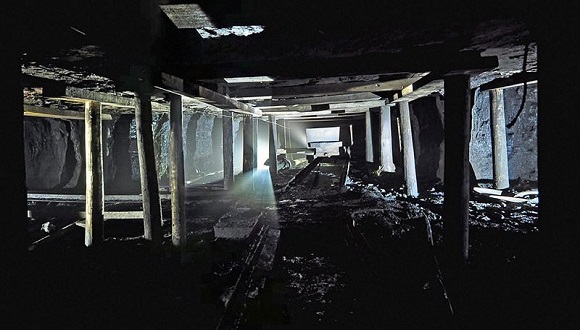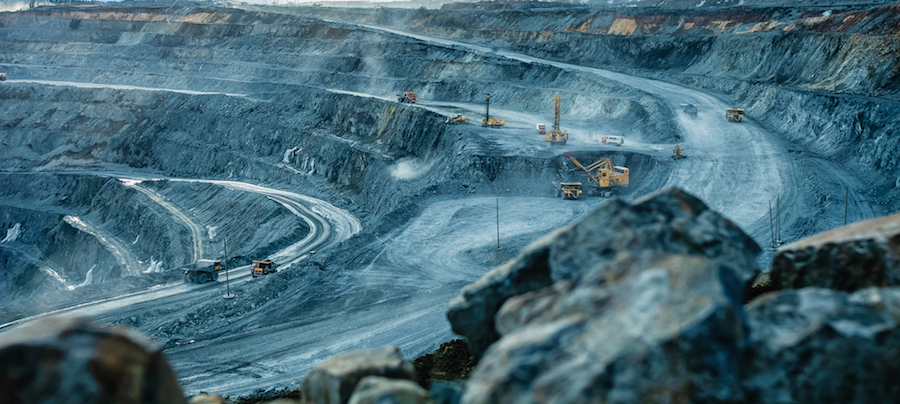

Over the past week, coal prices in the European market fell to 114 USD/t. On September 4, the European index lost more than 6.5 USD/t, which was the most significant one-day correction since January 2024.
Market participants disagreed on the reasons for such a sharp decline. They pointed out both more aggressive offer prices (the volume of 50,000 tons with delivery in October was offered slightly above 114 USD/t, while the day before offers with similar conditions were in the range of 119-128 USD/t), lower prices on the forward market, as well as on the gas market (the contract with delivery “a day ahead” at the TTF hub lost 30 USD/1000 m3 during the week), and concerns about the slowdown in the US economy and the lack of recovery in the Chinese economy (a sharp drop in demand and oil prices). Coal stocks at ARA terminals as of 02.09.2024 amounted to 4.75 mio t (+0.20 mio t w-o-w).
South African Coal High-CV 6,000 dropped to 110 USD/t, with a slightly less steep decline. Coal stocks at Richards Bay Coal Terminal (RBCT) rose 5% over the past week to 3.37 mio t. Weak demand from Indian consumers (who usually take up to half of the export volume), as well as higher rail shipments of material after the end of scheduled maintenance contributed to the stocks growth.
Indian consumers have reduced purchases of South African material due to sufficient coal stockpiles at ports. The flow of comparatively cheap steel from Vietnam and China is putting pressure on steel prices in the country’s domestic market, thereby limiting its production and, consequently, the demand for coal. Indian sponge iron producers have been indicating their desire for a price reduction of 10-15 USD/t for the high-CV South African material.
To offset the decline in demand from India, South Africa is forced to look for alternative destinations. Over the last three weeks Panamax vessels have been dispatched to
Sri Lanka, Bangladesh, Japan and Kenya.
In China, spot prices for 5,500 NAR coal at Qinhuangdao port remained almost flat at 118.4 USD/t. Uncertainty persists on the Chinese domestic market. There are mixed price movements in the mining regions: some producers raise prices, expecting better demand from industry before the national holidays (October 1-7), while others cut prices by 10-20 RMB/t to accelerate sales, not expecting better demand before the onset of cold weather. Spot market transactions are difficult due to the large gap between bid and ask prices.
Inventories at 9 major ports totaled 23.45 mio t (+0.79 mio t w-o-w).
Chinese consumers continue to purchase low-CV Indonesian material, with prices hitting a 40-month low last week. The strengthening of the Chinese yuan against the US dollar also encouraged transactions.
Indonesian 5,900 GAR index edged down to 91.80 USD/t. (-0.20 USD/t w-o-w). Low-CV Indonesian coal prices remain stable hovering at 40-month lows.
Australian High-CV 6,000 collapsed to 144 USD/t. Trading activity in Australian material contracts (October-November delivery) declined ahead of the Coaltrans Asia 2024 conference in Indonesia to be held September 8-10.
Australian HCC metallurgical coal index plunged below 185 USD/t. Prices for Australian metallurgical material continue to fall due to weak demand from China and India. The rainy season continues in India, Chinese consumers take a wait-and-see approach amid continued decline in forward contracts for metallurgical coal at Dalian Commodity Exchange and Singapore Exchange due to persisting unfavorable conditions in the steel market.
Source: CCA Analytics













